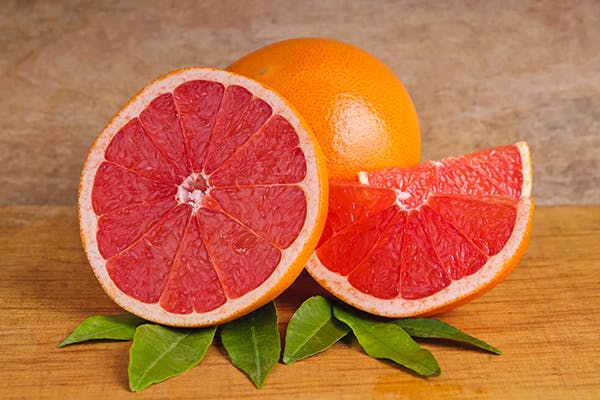

Just be mindful if you decide to use citrus to scent your home. With some patience and thoughtful training, you can use citrus to help train your dog to stay away from places (or things) you don’t want them to chew or access. Or, pick up a pre-made dog repellent spray. For a DIY solution, mix concentrated lemon juice with water in a spray bottle. If your dog dislikes the smell of these acidic fruits, it may be possible to use the scent or juice of them as a deterrent. If your dog licks your fingers, you don’t. If they back away, making an ugh face, then you’ve got a member of the citrus-hating majority. To see how your dog feels about citrus, peel a messy orange so that your hands are covered with the sticky juice then, put your fingers near your dog’s nose.


(Maybe this is nature’s way of preventing any of us from ever feeling confident that we know what's going on with our pups.)įYI, Your Dog Can’t Stand When You Do These 7 Things To be fair, a small percentage of dogs actually like citrus - they consider these flavors to be the icing on the cake, so to speak, and are even more likely to go after any object covered with such an odor. Eucalyptus species are toxic to dogs, cats and horses. Caraway oils, carvone and limonene can cause gastrointestinal upset. Caraway (Carum carvi) is toxic to dogs, cats and horses. We don't know exactly why dogs don't like citrus, but it's probably similar to why us humans have specific scents that we prefer over others. Borage tannins and mucilage can cause vomiting, diarrhea and dermatitis. The odor of an orange to most dogs is like the odor of trash to most humans - which is pretty gross.
GRAPEFRUIT BAD FOR DOGS HOW TO
Here's why - plus, how to use their dislike of citrus to your advantage. Most dogs can't stand the taste and smell of oranges, lemons, and grapefruit. Similarly, there is general agreement around what dogs don't like. Sure, there are exceptions, but these truths apply to most dogs. When it comes to things dogs love, it's safe to say that most enjoy going for walks, eating chicken, getting belly rubs, and chasing squirrels. Questions range from the obvious (“ Can dogs eat steak bones?”) to the trendy (“ Can dogs eat quinoa?”) Check out more “ Can dogs eat…” articles on AKC.org to see what other foods could be harmful to your dog, including cherries, avocados, and onions.See our privacy statement to find out how we collect and use your data, to contact us with privacy questions or to exercise your personal data rights.

Here at the AKC, we field many queries from anxious dog owners about what is and isn’t safe for their canine companions to eat. It’s best to keep oranges out of your dog’s reach for those reasons. Orange peels are not toxic, but they can become lodged in your dog’s digestive tract, causing an obstruction and requiring surgery to correct. Other dogs will eat anything you put in front of them, including both the fruit and the peel. Not all dogs enjoy the tart taste of an orange or a strong citrus smell. Limiting treat intake can help prevent digestive upset and weight gain. Even if your dog loves the fruit and shows no signs of adverse reactions, limit their intake of oranges and of all treats to no more than 10 percent of daily calories. Stop feeding your dog oranges at once if you notice any unusual behavior. Make sure you peel the orange and remember to remove all seeds. If you want to try giving your pup an orange, then it is probably a good idea to start slowly to see how their stomach reacts. First, oranges do have a moderate sugar content and can potentially cause gastrointestinal upset if your dog eats too much. While oranges are not toxic for dogs, there are a few things you should keep in mind when feeding them to your dog as a snack.


 0 kommentar(er)
0 kommentar(er)
